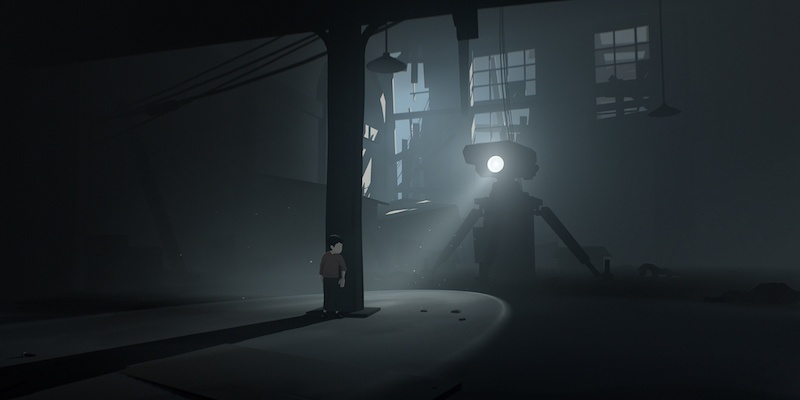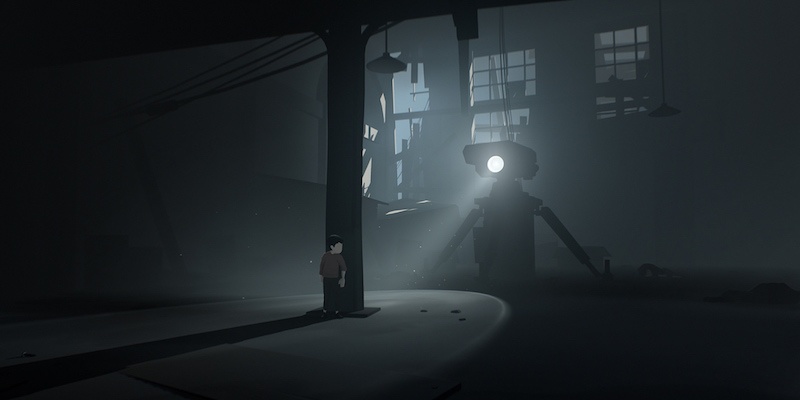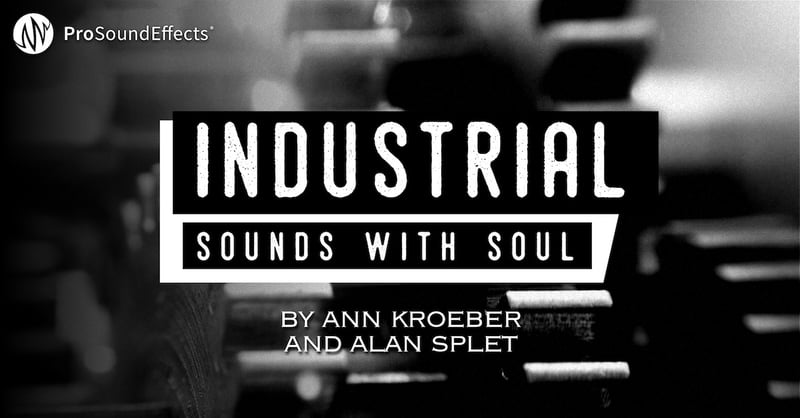by Andrew Emge
Discover how game sound designer and composer Martin Stig Andersen worked with source sounds from renowned recordist Ann Kroeber to create the stirring emotional depth of Playdead’s hit game INSIDE.
Recently, Pro Sound Effects released Industrial Sounds with Soul - our second library recorded and designed by film sound pioneers Ann Kroeber and Alan Splet - featuring unique sounds of roaring factory ambience, hypnotic oscillating rhythmic machinery, metallic clanks, clicks, ticks and more.
Leading up to the launch, we learned that some of these sounds were used in Playdead’s critically acclaimed indie game, INSIDE. We were lucky enough to get in touch with sound designer and composer, Martin Stig Andersen, whose work as the game's audio director won him the 2016 GDC Award for Best Audio.
 |
Ann Kroeber & Alan Splet |
Ann Kroeber and her late partner, Alan Splet, spent decades working with major directors like David Lynch, Carroll Ballard, and Peter Weir - all while creating a massive personal sound library.
Kroeber has since worked on or supplied sounds for film, television, and games - including 6 movies that won an
Academy Award® in sound, and 7 more that were nominationed.
Read our conversation with Andersen below to learn how he used Kroeber’s expertly captured recordings to creatively sculpt and fully immerse the player in the gripping sonic world of INSIDE.
Pro Sound Effects: Beyond the interactive audio design detailed in your GDC lecture and creative decisions involving a human skull, what was your overall process and aesthetic approach for INSIDE?
Andersen: It’s a bit like an extension of Playdead’s previous game LIMBO which was more minimalistic. In LIMBO I was exploring the ambiguity in the sounds. Because it was a black and white silhouette game, you could take an object and associate almost any sound with it, and your brain would make the connection.
In INSIDE, the graphics are 3D and there is much more detail, so it’s sort of in between this open, ambiguous sound and something more concrete. I find it interesting when the sound is not too literal, so you can still project your own imagination and interpretation into the sound so it can convey something more.
 |
Martin Stig Andersen |
The relation between music and sound design becomes blurred, because it’s like one fluid compositional process. So instead of doing sound design, and then music, and then mixing the two together, I would take one area and decide what it needs. Then occasionally what you would traditionally think of as music becomes sound design, and vice versa.
It’s like creating a setting for each moment, so that each moment has its own soundscape. My background is in composition - kind of experimental and electroacoustic music - so I’m used to working with all kinds of sounds. Even if it’s Foley, the way I structure the sounds is very compositional.
INSIDE received a lot of praise for its subtle, expressive sound design that artfully manipulates tension and conducts the narrative. Why was Ann Kroeber’s work a good fit for your game audio approach?
I like that the new library is called “Industrial Sounds with Soul” because, for me, it’s not about recreating reality - that’s not interesting at all. When you hear a door closing, that’s an opportunity to say something more, to express something. It’s about what else the sound can convey, and how you can trigger the player’s imagination. That’s a quality I like about Ann’s sounds - you get a feeling that each sound is about much more than what it actually represents. There’s a lot of space for the listener to interpret meaning. If you make something overly realistic, so that it’s almost too much of a door, then you limit the space for the player to have their own interpretation. For example, if you layer the door sound with some sort of animal sound, you can use that to suggest that the space you’re entering is intimidating in some way.
“For me, it’s not about recreating reality...It’s about what else the sound can convey, and how you can trigger the player’s imagination. That’s a quality I like about Ann’s sounds - you get a feeling that each sound is about much more than what it actually represents.”
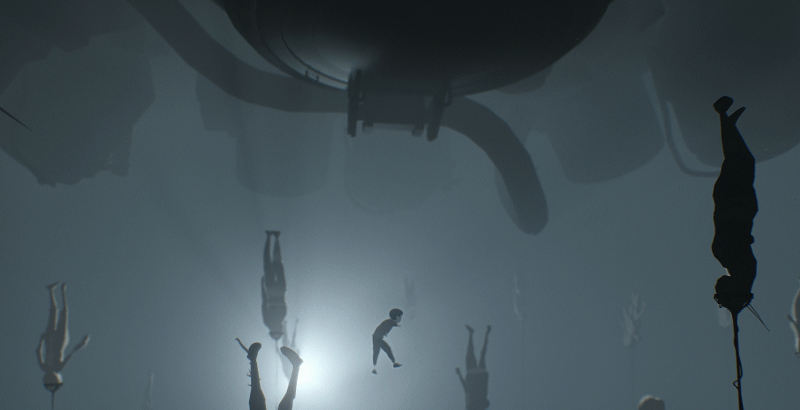
How were Ann’s sound effects used on INSIDE? What do you think her recordings added to the experience?
A lot of the low rumbling was from Ann’s sounds. In a game, you can’t make certain environments too loud because if the player is stuck in that space they will eventually go crazy. So when you need to create the impression that something is really loud, a trick I was exploring with these industrial environments was working with analog distortion. You can make the whole environment sound like a massive continuous explosion, and then turn it down so it lies really subtle in the ambience, but it adds a lot of energy. There was a lot of stuff from Ann that was really useful for that.
I also used some of Ann’s recordings that were sort of bleeding into the musical parts, like thumping and pulsating sounds, and also for humming electricity, flickering lights, different mechanics... Those kind of sounds really have some kind of character and expression to help convey what’s going on. Also, working on a game and trying to keep traditional music to a minimum, you look for every opportunity in the sound to offer musicality and create something expressive.
The sounds are also great for layering. Physics sounds in games, like a crate slide for example, are a bit complicated because you have to treat it according to an action, like the speed of the object. So it ends up being this whole set that you build up from different sources. I found Ann’s sounds to be very useful for adding grittiness and character to physics movements. I layered a lot of them with physics sounds like slides, impacts, and stuff like that. Even if you go and record your own sounds, it’s always great to mix and layer it with other sounds to get new depth.
What was your collaboration process like with Ann?
What I really like about working with her is that we could just have a discussion. I could describe the kind of emotions and sounds I was looking for, and then she would have her whole library in her head and go and pick the right sounds. Also, something I really liked, and I noticed this with the format of your new library, is that the sounds are not too chopped up into small, polished pieces. It felt like opening great source recordings that I could look through myself, select certain bits, and treat how I want. I wouldn’t normally go to a sound library to find the more important sounds that need a unique character, but working with Ann allowed me to pull from her recordings and come out with something unique. And that opportunity still exists with your library where you have these rich, continuous pieces to explore and pick what inspires you.
"It felt like opening great source recordings that I could look through myself, select certain bits, and treat how I want. I wouldn’t normally go to a sound library to find the more important sounds that need a unique character, but working with Ann allowed me to pull from her recordings and come out with something unique."
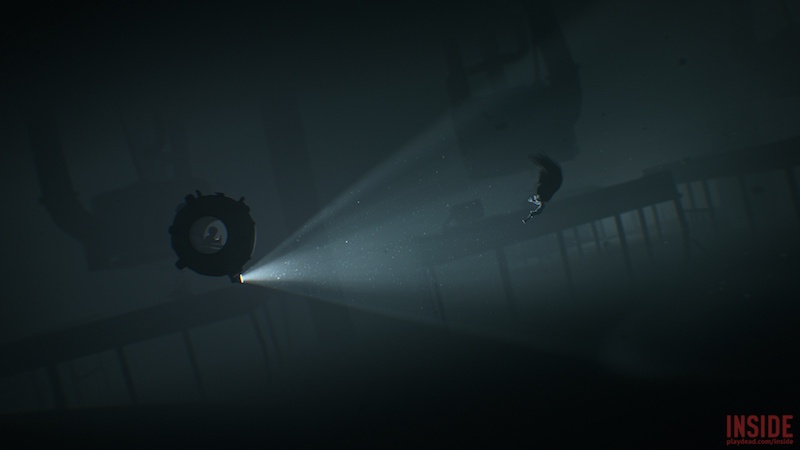
Besides literal industrial or factory settings, what other sound design possibilities can you imagine for the sounds in this library?
Adding tone and color to game mechanics and physics, like I mentioned before, or even in musical contexts for composition. The sounds have a musicality to them which is very useful in many different ways. I’m actually composing for the upcoming game Wolfenstein II: The New Colossus, and I’m licensing source sounds from Ann for use in a non traditional musical context, and also from sound designer Nicolas Becker from Paris (Gravity, Arrival) and others. The game is announced, but I can’t really talk about it yet.
Visit prosoundeffects.com/industrial to learn more!
Follow Martin Stig Andersen: Twitter | Website
Learn more about Playdead’s INSIDE here.

